Resources
Why the congestion charge and low emission zones?
This lesson introduces ideas about combustion, incomplete combustion and the production of carbon monoxide, particulates and their relationship to health.
Learning outcomes:
- Students could produce and write symbol equations for the combustion of carbon and methane using models.
- They...
This book is a collection of recent discoveries and a colourful tour through the world of cutting edge science from the secrets of the human mind to edge of the universe.
In Why Things Break, Eberhart leads us on a remarkable and entertaining exploration of all the cracks, clefts, fissures, and faults examined in the field of materials science and the many astonishing discoveries that have been made about everything from the explosion of the space shuttle Challenger to the crashing...
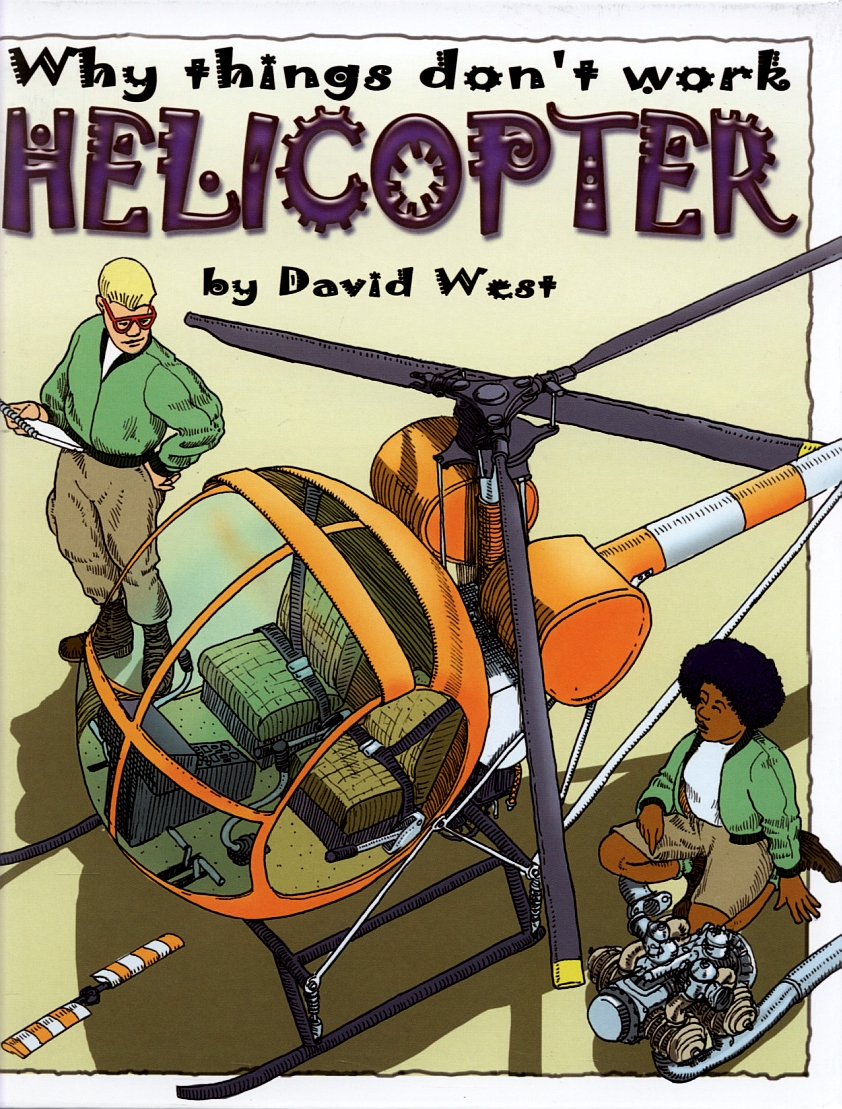
When Annie arrives at her cousin's farm, she finds the helicopter she wants to fly doesn't work. In fact, it's in pieces! Luckily, her cousin, Ed, is on hand to help rebuild it. Join them in their...
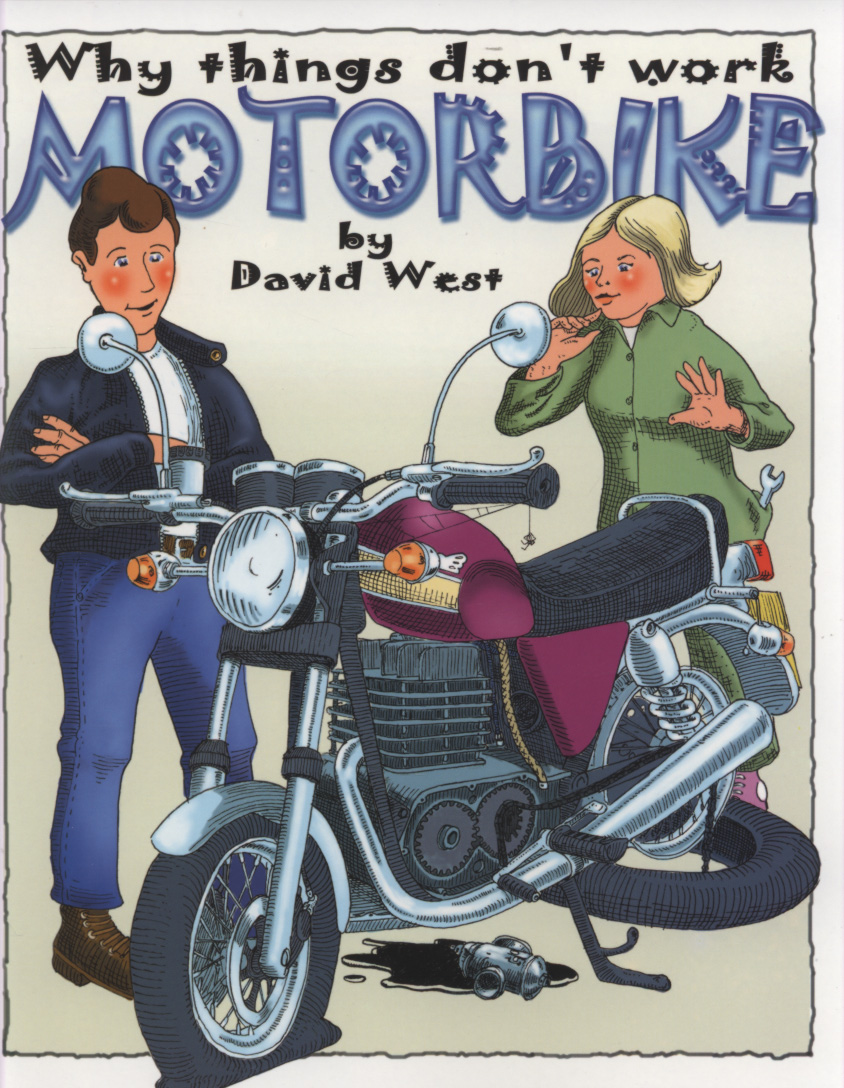
This high-interest series looks at familiar machines and uses exciting illustrations to explore what can go wrong with them, to give a new slant on how things work. Cartoon-style illustrations will...
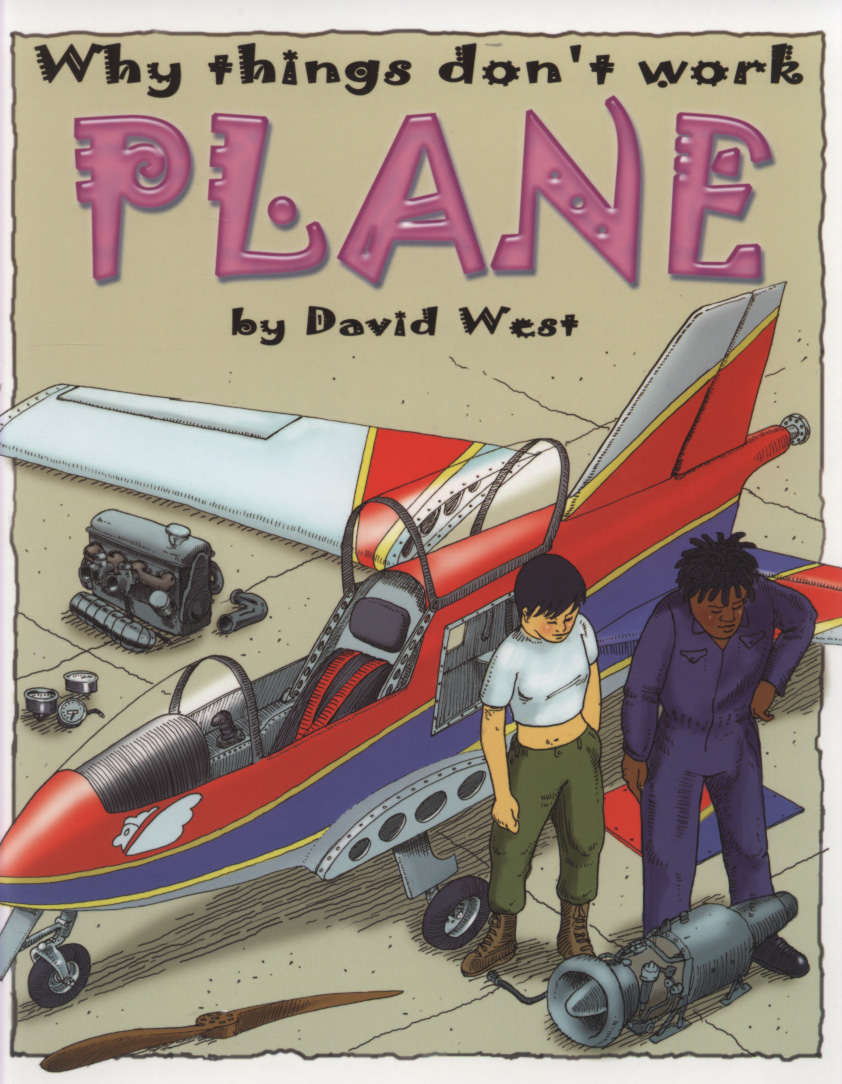
This series looks at six familiar machines, and explores what can go wrong with them, to give a new slant on how things work. It is presented in a cartoon-style format.
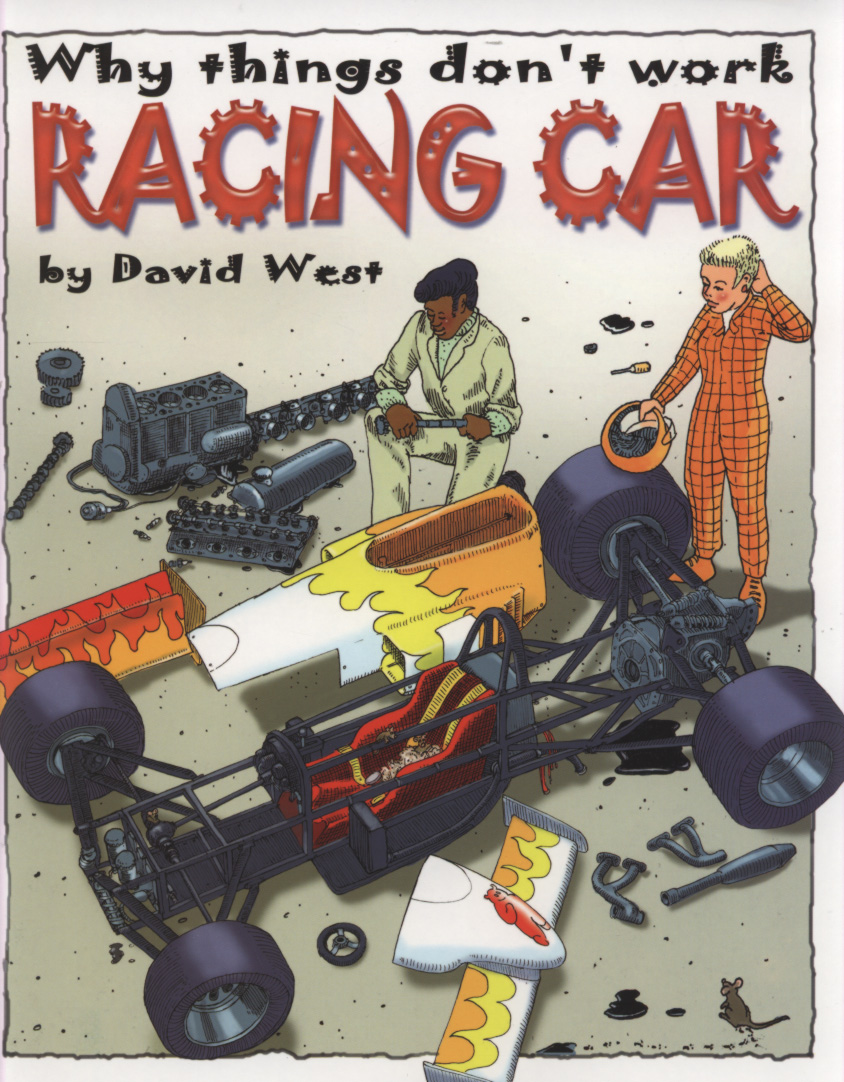
This high-interest series looks at familiar machines and uses exciting illustrations to explore what can go wrong with them, to give a new slant on how things work. Cartoon-style illustrations will...
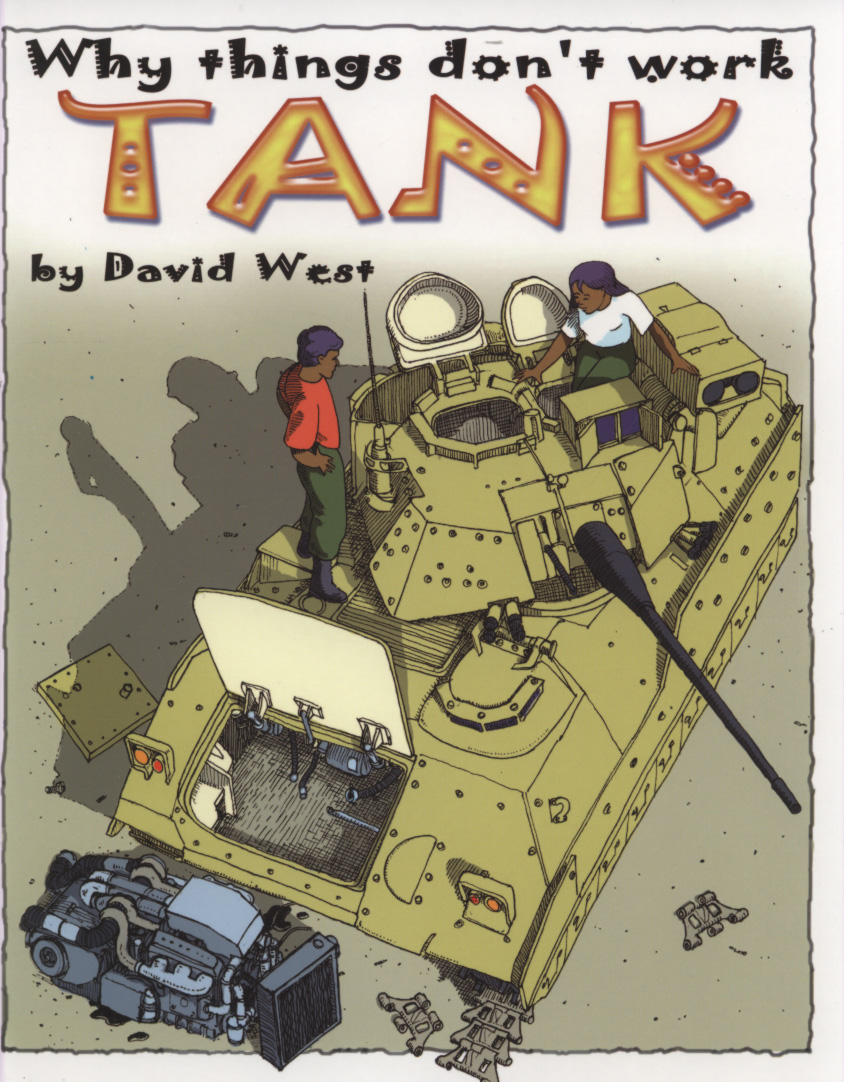
This high-interest series looks at familiar machines and uses exciting illustrations to explore what can go wrong with them, to give a new slant on how things work. Cartoon-style illustrations will...
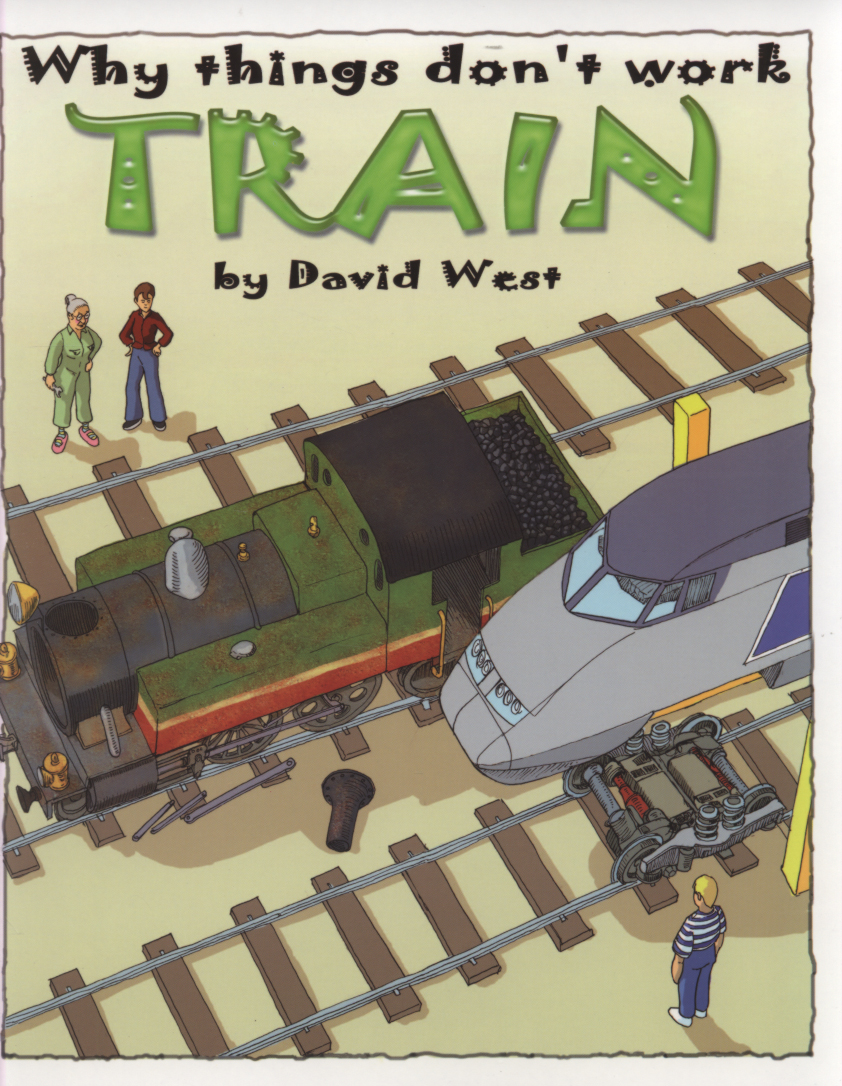
This book looks at familiar machines and uses exciting illustrations to explore what can go wrong with them, to give a new slant on how things work. Cartoon-style illustrations will appeal to readers...
Why Use A.C.?
Work done in this Nuffield 13 - 16 module followed from the S unit called ‘Power’. This D unit provided enough material for eight double periods during a Further Science course and built on the content of the S units for Single Science. The teachers’ guide included six...
